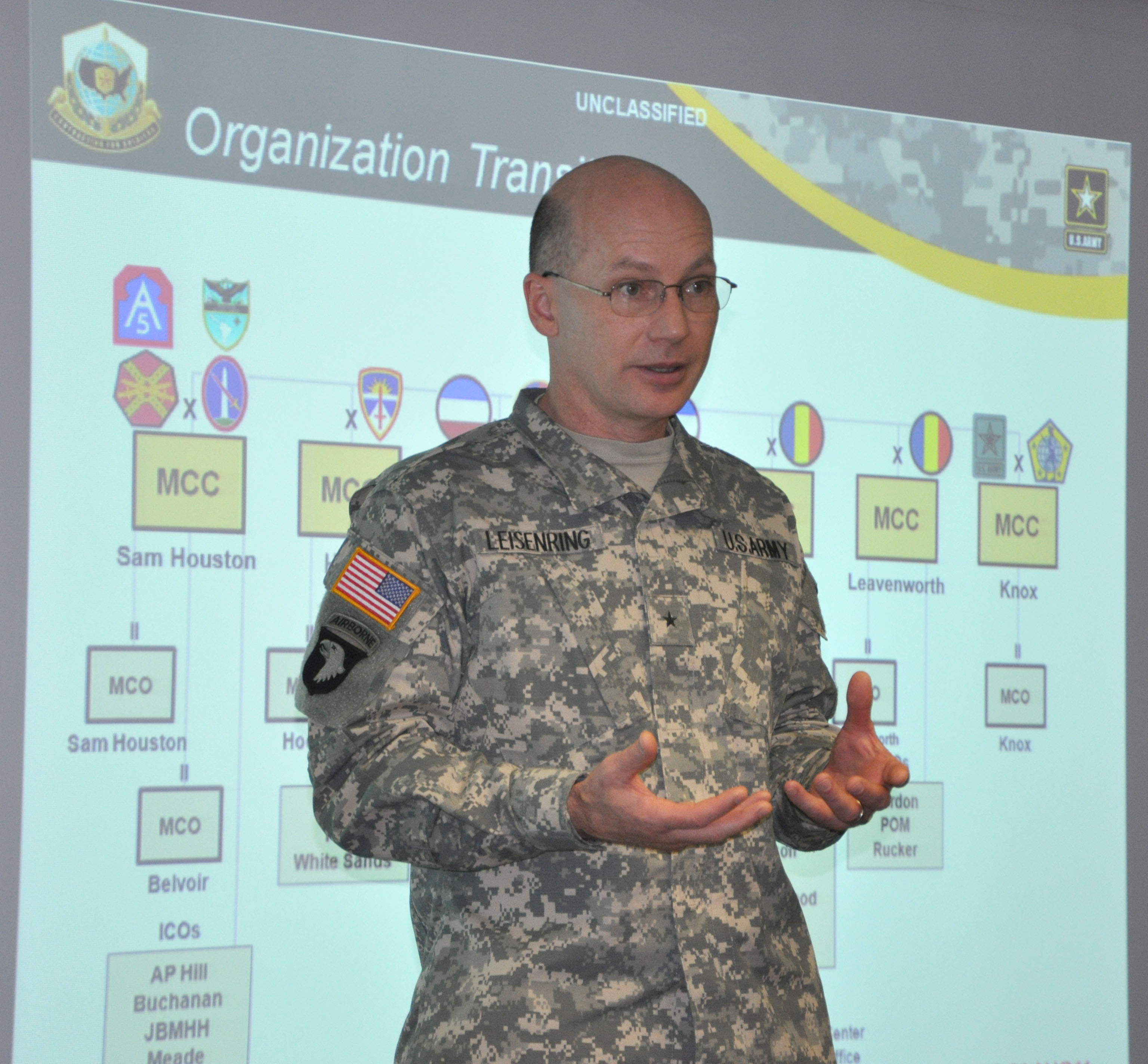
Senior decision makers with the Mission and Installation Contracting Command (MICC) at Fort Sam Houston, TX, have a new planning tool that allows them to better gauge their effectiveness in executing the acquisition mission.
The Capacity and Capability Model, or CAP2, provides a methodology to measure the capacity and capability of MICC mission contracting centers (MCCs), mission contracting offices, and installation contracting offices throughout the Nation to perform their missions for customers.
“Developed by a cross-functional team of contracting, financial, and personnel experts, the CAP2 was designed to support the MICC’s transformation and delegated authority to regional mission contracting centers,” said Pat Hogston, Director of MICC Contract Support, Plans, and Operations (CSPO).
MICC restructured its contracting centers and installation contracting offices under seven regional MCCs in 2011 to improve customer service and workload distribution while establishing a more effective span of control that contributes to the standardization of procedures and processes.
Fielding of the CAP2 Model to MCC directors follows a 100 percent data validation screening involving MICC contracting offices.
The capacity and capability components of the CAP2 Model take a deliberate approach, matching necessary manpower and skills.
Capacity takes into consideration whether MICC contracting offices have the resources available to sustain the contracting activity required to meet customer demands for acquisition services. It is supported by a MICC internal manpower model, which is fashioned after the U.S. Army Training and Doctrine Command (TRADOC) manpower model. The MICC model is based on process-oriented, statistically based studies of a variety of actions commonly performed by contracting offices. The MICC internal manpower model goes beyond the TRADOC studies by accounting for recent changes in the resources required for multimillion-dollar task and delivery orders, as well as contract administration efforts.
Capability measures the MICC contracting activities’ performance relative to personnel qualifications, certifications, skill attributes, and experience. It also captures statistics necessary for succession planning and other management considerations.
“While other contracting metrics and manpower models are available, one aspect that distinguishes the CAP2 is the side-by-side view of resources needed and qualitative measures reflecting the ability of existing resources to perform the mission,” said Alix Gayton, Chief of the Workload Assessment and Management Branch for the MICC CSPO Plans and Programs Division.
She added that MICC leaders will continue to use situational information on various mission sets among the different units served. With the assistance of the CAP2, decision makers can baseline functions and assess norms across their respective families of work.
The capacity and capability components roll up into a dashboard presentation, offering MICC leaders at all levels a snapshot of opportunity and risk assessment by area of responsibility.
- MICC PUBLIC AFFAIRS







